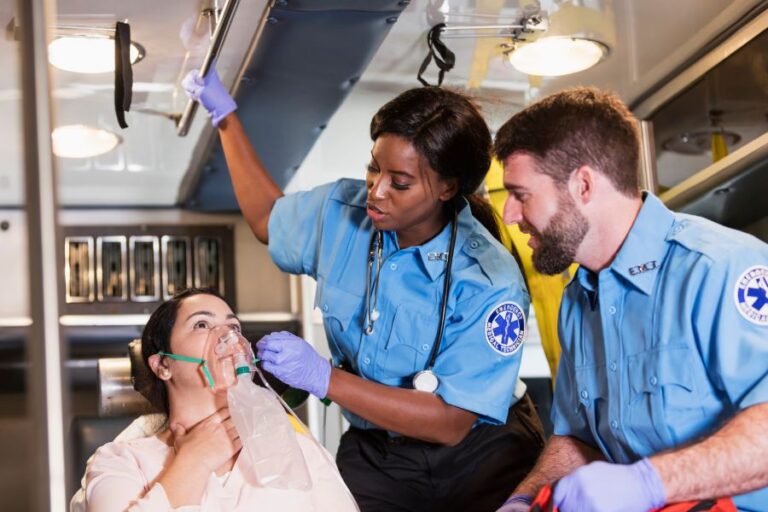About this Research Project
Authors: Ryba, C1, 2; Wilson, SM3; Brook, M4,5,6; Baker, GL3; Green, A7; Page, D8; Aufderheide TP9
1Department of Emergency Medicine, University of Utah Health, Salt Lake City, Utah; 2Salt Lake City Fire Department, Salt Lake City, Utah; 3Department of Emergency Healthcare, Dumke College of Health Professions, Weber State University, Ogden, UT; 4Gouverneur Rescue, Gouverneur, NY; 5University of Vermont Health Network, Elizabethtown Community Hospital, Elizabethtown, NY; 6Department of Emergency Medicine- EMS Education, SUNY Upstate Medical University, Syracuse NY; 7Clinical & Research Services, ImageTrend Inc., USA; National EMS Quality Alliance, USA.; 8Allina Health EMS, Minneapolis, MN; 9Department of Emergency Medicine, Medical College of Wisconsin, Milwaukee, WI
Background
We evaluated emergency medical services (EMS) resolution of hypoxemia.
Methods
A retrospective review of the national ImageTrend Collaborate database from January 1, 2022, to December 31, 2022. Inclusion criteria: 911 EMS patients transported to an emergency department (ED), adults (≥ 18 years old), a primary or secondary impression of Respiratory Distress, an initial SPO2≤89%, and at least 2 documented SPO2 values. Cardiac arrest prior to EMS arrival was excluded. The first and last SPO2 values were compared to determine the resolution of hypoxemia, based on the Airway Measure Guidelines by the National Association of EMS State Officials, defined as an SPO2 ≥ 90%.
Results
Out of 5,095,330 adult patients, 71,792 met inclusion criteria; median age was 71.0 (Interquartile Range:61,80) years; 36,600(51.0%) were female; race distribution was Black: 9,890(13.8%), Hispanic/Latino: 2,860(4.0%), White: 43,161(60.1%), Other: 2,740(3.8%), and Missing Data: 13,141(18.3%). Successful resolution of hypoxemia occurred in 55,133(76.8%) and did not resolve in 16,659(23.2%). Overall, 826(1.2%) patients had subsequent cardiac arrest; 260/826 (31.5%) had resolution, and 566/826 (68.5%)had no resolution of hypoxemia, p<0.0000001. Of 150/826(18.2%) cardiac arrest patients who died in the field or ED, 30/150(20.0%) had resolution and 120/150(80%) no resolution of hypoxemia, p<0.0000001; Odds of death in the field or ED after cardiac arrest with unsuccessful resolution of hypoxemia was OR:15.74, CI: 9.06,28.24.
Conclusion
EMS treatment of hypoxemia did not achieve guideline standards for resolution in 23.2% of cases. Unsuccessful EMS resolution of hypoxemia was significantly associated with a higher proportion of subsequent cardiac arrest and odds of death in the field or ED.
Get the PDF
Related Resources


Tomorrow Won’t Look Like Today. Prepare for What’s Next.
See the bigger picture and confidently face the challenges ahead with our industry-leading solutions.


